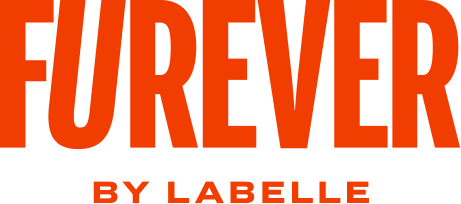Ever noticed your dog bouncing off the walls after a meal — or seeming sluggish and irritable? Just like humans, dogs are what they eat. The food in their bowl doesn’t just fuel their body — it can shape their mood, energy, and even how easy they are to train.
Q: Can food really affect my dog’s behavior?
Yes. Certain fillers, preservatives, and low-quality proteins common in kibble can create spikes and crashes in your dog’s energy, just like processed junk food does for humans. Dogs on ultra-processed diets are often:
-
More hyperactive or restless
-
Prone to mood swings
-
Slower to respond in training
Fresh, balanced food provides steady energy without the highs and lows — meaning calmer, more focused pups.
Q: What ingredients should I avoid for behavior?
-
Artificial colors & flavors: Additives that make kibble look or taste appealing can irritate sensitive systems.
-
Corn, soy, and wheat fillers: Quick-burning carbs that spike energy but don’t sustain it.
-
Byproduct meals: Low-quality proteins that may cause digestive upset, leading to discomfort-driven restlessness.
Q: How does fresh food support calmer behavior?
Fresh, human-grade meals are rich in real proteins and healthy fats, which:
-
Keep blood sugar steady for balanced energy.
-
Support brain function with Omega-3s.
-
Improve gut health — and a healthier gut often means a calmer dog.
At Furever, we’ve seen it firsthand. Rescue dogs who arrived anxious and restless started to relax and focus once switched to a fresh diet. Pet parents often report fewer hyperactive bursts and more manageable energy overall.
Q: Does better food make training easier?
Absolutely. Dogs who aren’t dealing with sugar crashes, stomach upset, or itchy skin are more comfortable, calmer, and easier to engage. Balanced nutrition sets the stage for successful training because your dog can actually focus on learning — not just scratching, pacing, or burning off frantic energy.
The Bottom Line
Behavior isn’t just about training methods — it starts in the bowl. By feeding fresh, balanced meals instead of heavily processed kibble, you can help your dog feel calmer, happier, and more ready to learn.



